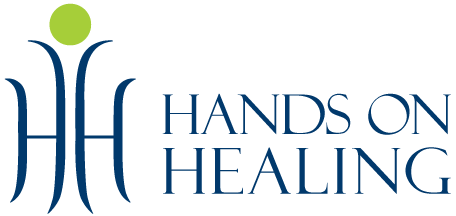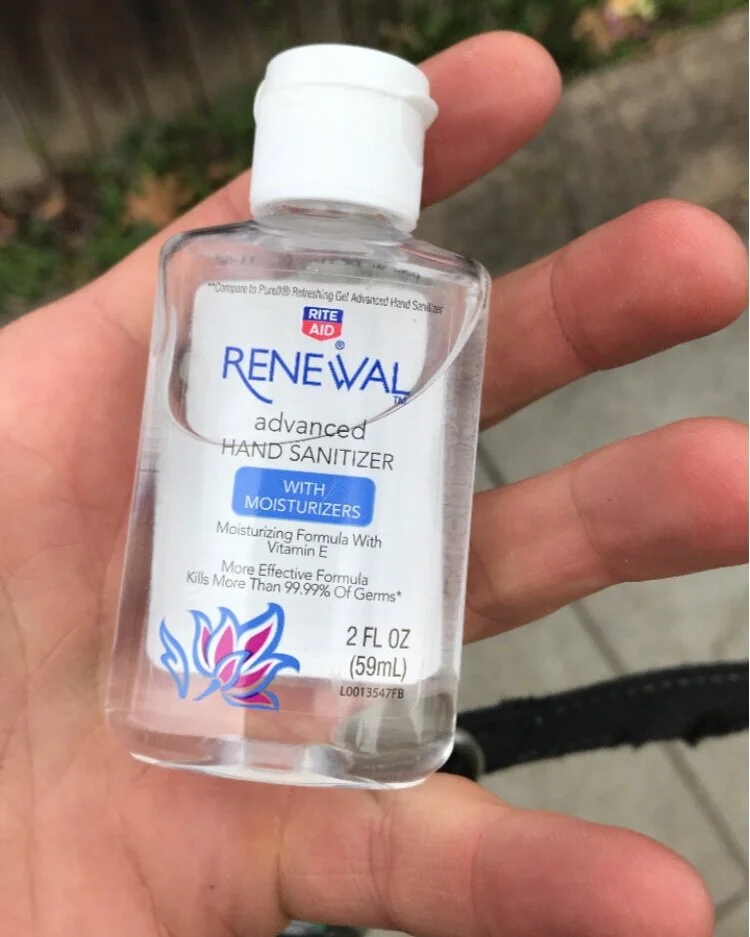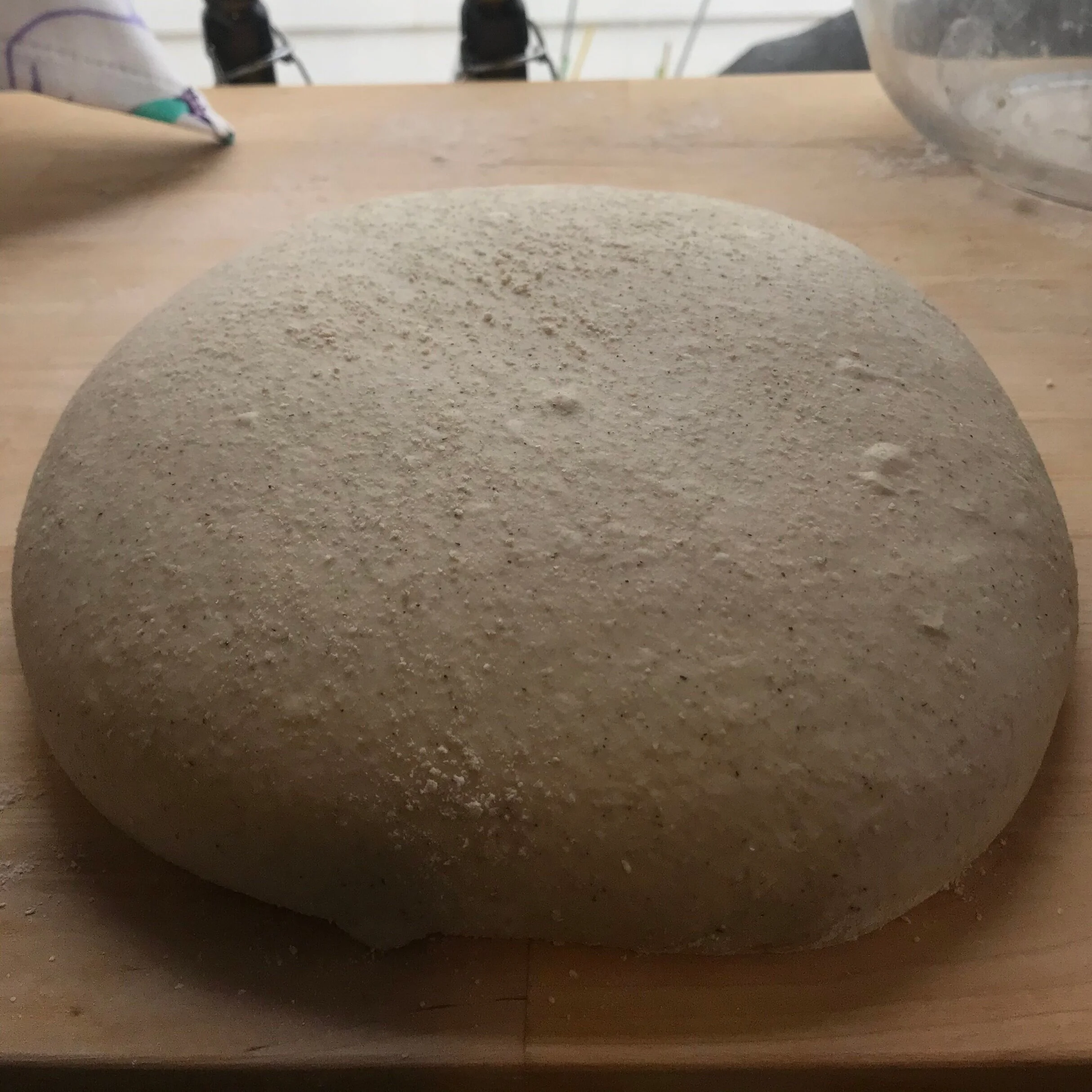If someone had told me 2 years ago that a global pandemic would shut down the entire world shortly after I finished my massage training, I would have said they watched too much The Walking Dead. Yet here we are. And here I am trying to launch a massage therapy practice during a pandemic. Let’s see… Massage therapy requires physical proximity. Physical proximity risks COVID-19 infection. Therefore, massage risks COVID-19 infection. Dammit! What other color is my parachute?
There is always a way to more forward. No matter how chaotic, confusing, and disorienting COVID-19 is and will be (I mean, who knew that all those apocalyptic movies might eventually describe reality), we can remain optimistic. For me, optimism isn’t about hoping for a better future, because “a better future” has so much that is out of my control. Optimism means finding the best way forward and choosing to acknowledge and engage directly with the situation in front of me.
We will find a way forward through COVID-19. It may not lead us back to the way things were before, but that might not be such a bad thing.
In relation to how we care for our health, the dilemma we face during COVID-19 is how to stay healthy if we can’t get the things we usually rely on. Your gym or yoga studio might be closed. You might be working from home and hunched over your laptop or slumped on your couch, without an in-home massage therapist to nag you into better posture. You might not get the exercise you usually get from biking or walking to work. You might worry about seeing your doctor or getting into the hospital if something happens and all the beds are full.
For all of us, the disruption of the pandemic is revealing the degree to which we are dependent on things we cannot control. Although the pandemic will end eventually and life will start to feel more normal again, we ought to be asking ourselves if it’s a good idea to rush back to what was normal before COVID-19. If you feel vulnerable now, you could simply blame COVID-19. Or you could examine how your normal routines may have slowly eroded your personal foundation for living healthy and strive to be more self-reliant in the future.
This crisis presents that opportunity. We can re-ignite our understanding and our instincts for how to be healthy. Our incredible human body can heal itself if we make decisions that support it. That starts with making friends with our mind and body and not treating them like strange roommates who sometimes bang so loudly on the wall that we have to talk to them, only to find they speak some language we don’t understand.
I chose to become a massage therapist precisely to aid my clients in this process of making friends with their bodies and minds. I’m not interested in just moving muscles around. I believe that massage lends itself to deepening the embodied, and extremely personal, experience of health. Receiving a massage is an empowering self-education. You have an immediate experience of how differently your body could feel and how much more comfortably you could inhabit it.
Try making some sourdough bread
COVID-19 or not, my massage practice is about encouraging my clients in this kind of self-education. I want to encourage you to grab a tennis ball and (carefully) roll around on the floor. Explore along your spine and where it connects to your pelvis. Put the ball in that knot in your shoulder and slowly move your arm through its range of motion. I want you to consider your food and fluid choices. Try some new, healthy recipes. Learn how to make sourdough bread. How does what you eat contribute or detract from your well-being? What is your movement diet? Can you sit and work more comfortably? Can you get outside and move?
This is how I launch a massage business during a pandemic: broaden my perspective of how to bring benefit to my clients. Instead of massaging with my hands, it looks like they might be doing some writing. Possibly some video-making. Maybe some live remote coaching.
I am excited to see where this journey leads and honored if you choose to join me.
“I wish it need not have happened in my time,” said Frodo. “So do I,” said Gandalf, “and so do all who live to see such times. But that is not for them to decide. All we have to decide is what to do with the time that is given us.”
J.R.R. Tolkien
some things to try in your COVID-19 self isolation
Go for a walk and be curious about how your foot contacts the ground. Do you land on your heel? Your toes? Are your calves tensed or loose? Do you roll forward through your foot? Do you push forward off your back leg, or do you pull forward from your front?
Find the aforementioned tennis ball and get on the aforementioned floor. Place the in the big muscle of your shoulder, between your ear and your shoulder blade and somewhat close to your spine. Press into the ground with your feet and lift your hips if you want to get a little more pressure? Feel anything? This area is chronically tight on so many people, particularly those that work on computers and use cell phones.
Did you know you can be locally or systemically dehydrated? Usually we think of ourselves as a single unit: I am dehydrated. We don’t think: my upper back is dehydrated. Because of how you hold your body and how you use it, you can constrict muscles and chronically dehydrated specific areas of your body. Drinking more water won’t help. You have to move. One sign of local dehydration is feelings of thinness, dryness, and, you guess it, pain. For your upper back, if you round forward, set aside the water glass and do some arm circles, forward bends, and back bends.
One of the best kinds of activity is essentially called Non-Specific Activity, which is a fancy way of saying puttering around the house. Don’t worry about not having your gym, just do your laundry, some spring cleaning, and play in the dirt.
Practice meditation, particularly loving-kindness and compassion practices. Tonglen is a wonderful practice of generating compassion for yourself and others. Let Pema Chodron lead you through a short practice.


